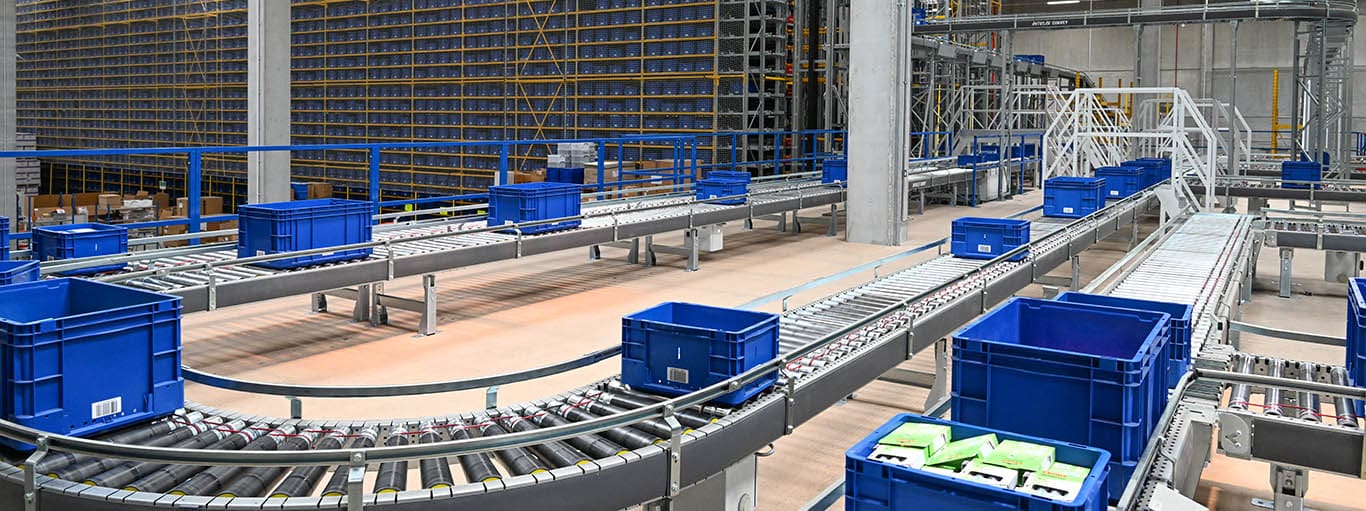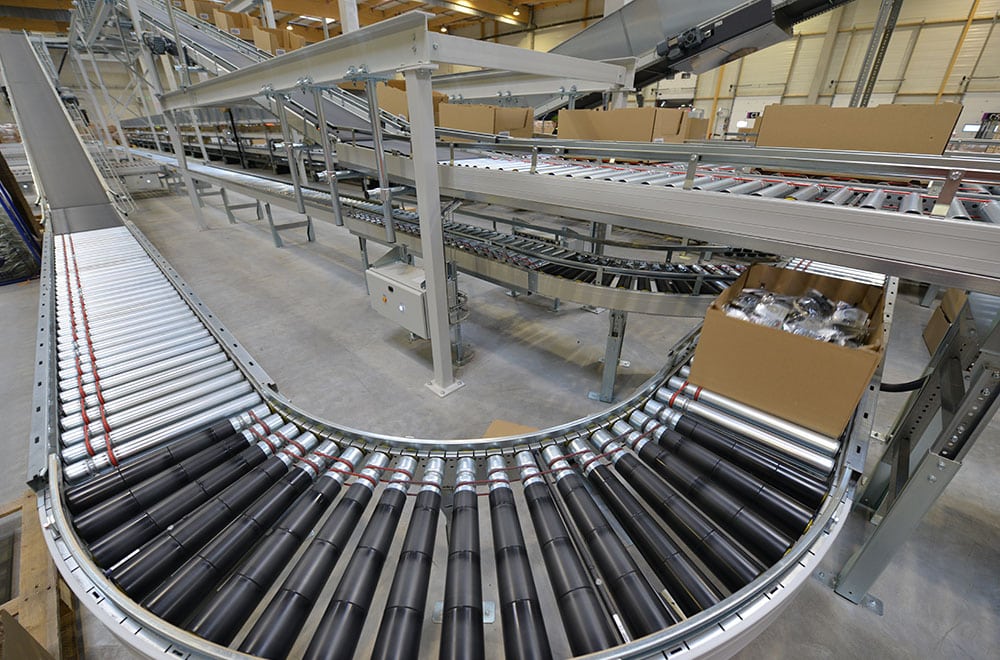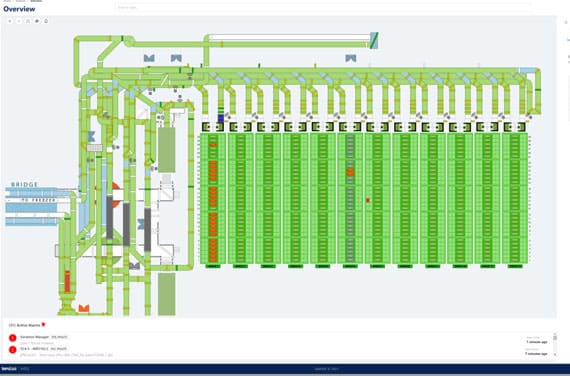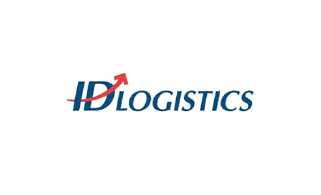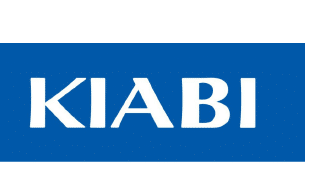What is a Warehouse Control System (WCS)?
A Warehouse Control System (WCS) is real-time control software that orchestrates and supervises automated warehouse equipment. It routes, synchronizes, and optimizes intralogistics flows, interacting directly with the WMS (Warehouse Management System).
What is the difference between a WMS and a WCS?
The WMS (Warehouse Management System) manages the overall organization of the warehouse: inventory management, order scheduling, and resource tracking. The WCS (Warehouse Control System) controls the operational execution of automated flows (robots, conveyors, stacker cranes, shuttles, etc.) in real time, ensuring performance and fluidity.
What are the advantages of a WCS for an automated warehouse?
A WCS optimizes equipment utilization, reduces preparation times, lowers error rates, and allows for greater responsiveness to transportation constraints. It also offers complete visibility thanks to monitoring tools and performance indicators.
Is SAVOYE’s WaCS WCS compatible with all types of technologies?
Yes, WaCS is designed as a modular and open solution, capable of connecting to various automated systems: goods-to-person, person-to-goods, pallet storage, shuttles, mobile robots, stacker cranes, etc.
How does WaCS WCS improve operational productivity?
WaCS balances the load between different pieces of equipment, prioritizes urgent orders, continuously supplies preparation stations, and provides real-time monitoring of activity. The result: improved productivity, increased flexibility, and continuous optimization of intralogistics flows.
Can WaCS be deployed gradually in a warehouse?
Absolutely. WaCS is a modular application that allows new features or new automated equipment to be added as the company’s logistics needs evolve.

